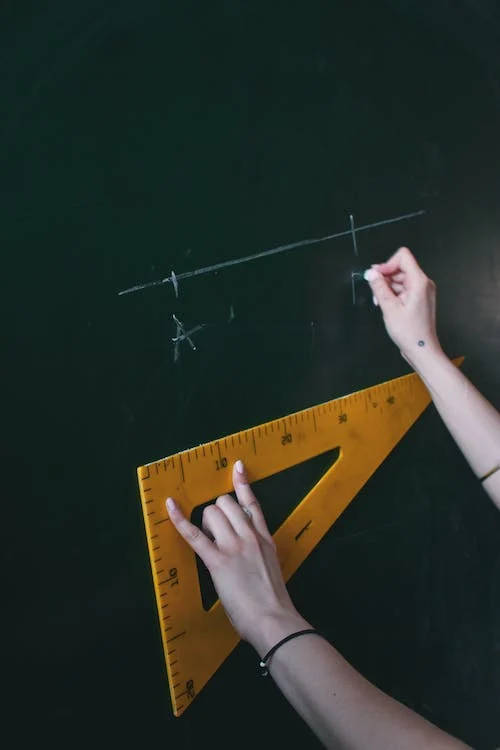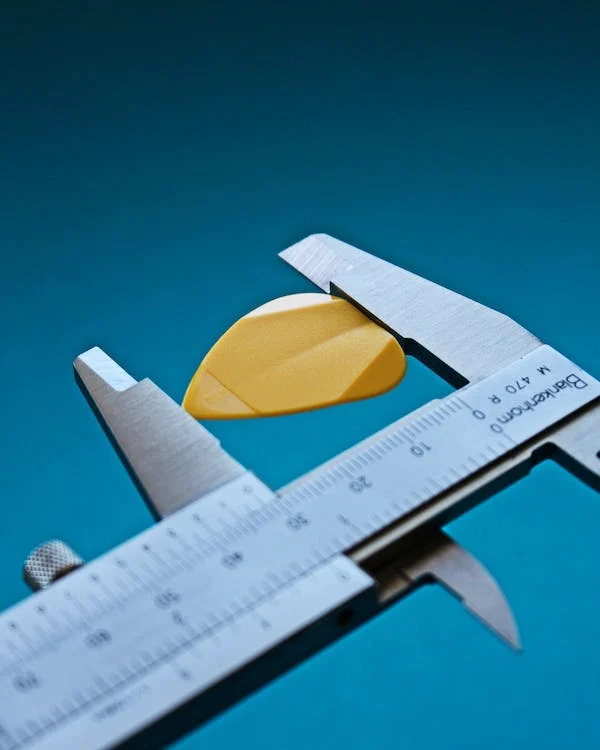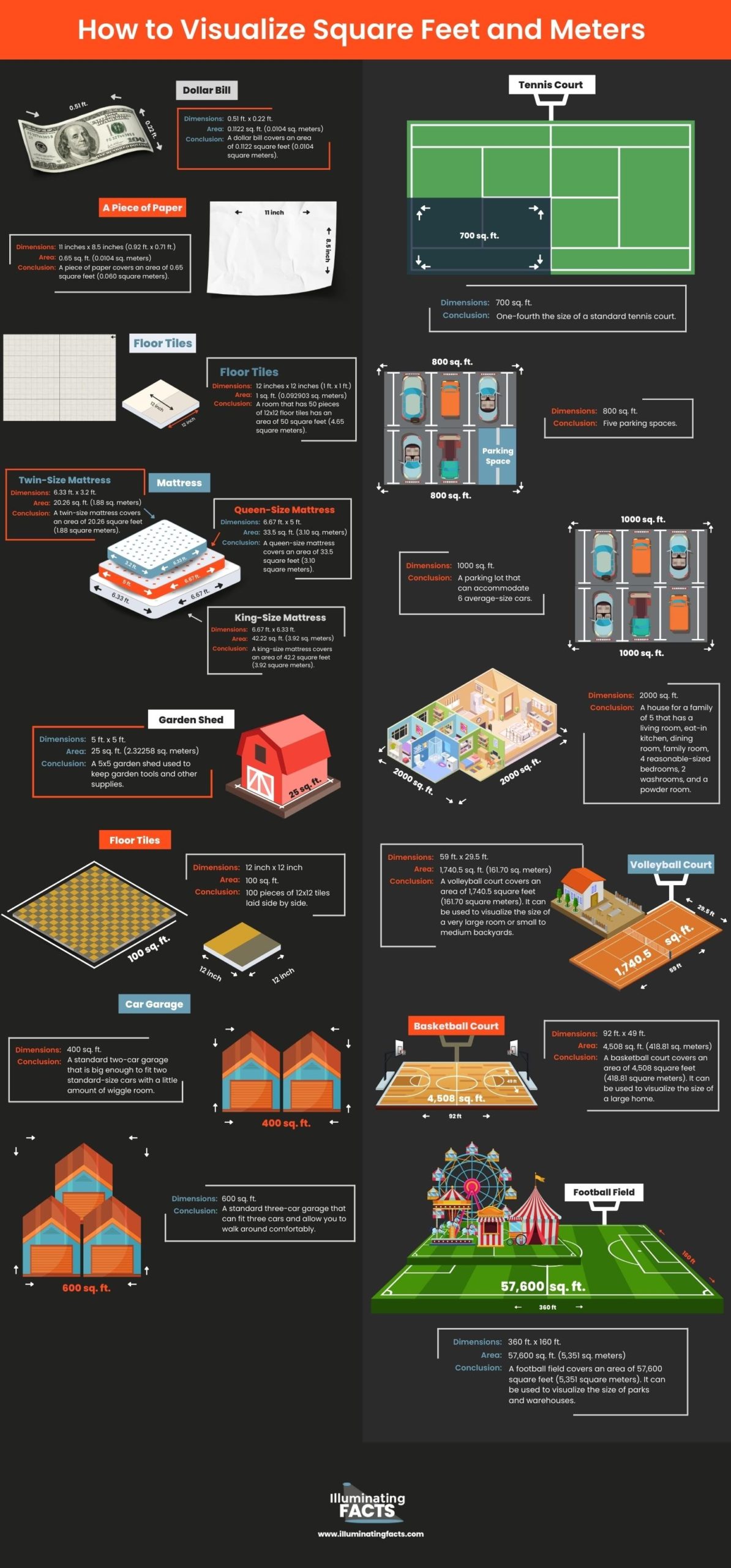Introduction
The metric system is a measurement system used worldwide, often known as the International System of Units (SI). It was developed in France during the late 18th century in response to the demand for a universal standard of measurement. One example here to learn is how to visualize square feet and meters. Before the metric system, there were many systems of measurement used around the world, which made international trade and communication among scientists a challenge. The metric system was designed to simplify measurement and calculation and to produce a standard that could be used consistently across the globe.
One of the fundamental purposes of the metric system was to facilitate worldwide trade by standardizing units of measurement. With a universal system in place, businesses could more easily deal with one another, and countries could get a better grasp of their economic production. Additionally, the metric system was supposed to be based on a rational and scientific approach to measurement, which would enhance accuracy and precision.
Overall, the development of the metric system was a tremendous stride forward in the history of science, engineering, and worldwide trade. Its use has dramatically simplified measuring and made it easier to communicate across borders, leading in enhanced productivity and precision in a wide range of businesses.
History
The history of the metric system originated in France around the late 18th century. In 1789, the French Revolution brought about a desire for reform and standardization in all sectors of life, including the measurement system. Prior to the French Revolution, France, like many other countries, had a complex system of weights and measures that differed from region to region, making business and trade difficult. In 1790, the French Academy of Sciences was tasked with designing a new system of measurement that would be based on scientific principles, easy to use, and universally acknowledged.
The Academy of Sciences, led by mathematician and astronomer Jean Baptiste Joseph Delambre and physicist Pierre Simon Laplace, labored for several years to design the metric system. The system was based on a decimal system, with units of measurement specified by physical constants such as the length of a pendulum and the mass of a volume of water. The meter was defined as one ten-millionth of the distance from the North Pole to the equator, while the kilogram was defined as the mass of one liter of water at its highest density.
In 1795, the metric system was officially established in France, and it swiftly gained acceptance throughout Europe. In the following years, other countries began to adopt the metric system as well. In 1875, the Metre Convention was signed by 17 countries, establishing the International Bureau of Weights and Measures and developing the International System of Units (SI).
Today, the metric system is used in practically every country in the world, and its introduction has tremendously simplified measuring and made it easier to communicate across borders, resulting in enhanced efficiency and precision in a wide range of businesses.
Why was the metric system developed?

Trade
France’s numerous towns and villages utilized a variety of measurement systems before the metric system was created. Every time a business product variable (such weight, composition, or transit speed) had to be converted from one complex unit to another, the likelihood of error increased. In addition to the obvious inaccuracies and lack of accuracy, such a method could easily result in corruption. Depending on how positively a locality saw a trading party, it could modify its reported measures. The metric system eliminates such inefficiencies and the potential for little but eventually significant illegal activity.
Exploration and Empire
Transmission of ideas and facts gets confused by insufficient and misleading units, just like in business and science. French explorers found it simpler to explain their location in relation to well-known sites around the world due to the metric system. It was vital to use “easy” multiples of units in the context of exploration, just as it was in science and technology. This issue is resolved by the metric system’s introduction of a number of prefixes that represent various powers of 10 operating on base units. Consequently, a kilometer is 1,000 meters, making it a useful navigational unit of distance. Similar to this, the term “nanometre” is used more frequently in physics and chemistry than in transportation. A nanometre is one millionth (10-6) of a meter.
Science
Without set standards of weight, distance, electric charge, and magnetic force, for instance, there is essentially no possibility for exchanging discoveries or expressing creative artwork. The idea of measuring based on physically constant ideal quantities is still widely used today, despite the fact that different units can be converted, as is the case with the English and metric systems of today.
Precise Physical References
The definition of a meter and a kilogram in terms of physical form and “embodiment” was provided by precisely made metallic bars, which also served as the basis for the metric system’s enhanced definition criteria. A meter is now defined as the distance light travels in a specific fraction of a second; the second is defined in terms of other atomic/electromagnetic phenomena. Originally, a meter was the length of a specific rod kept in isolation from the environment to prevent corrosion and contamination.
Nomenclature and Simplicity
The English system’s journey from inch to mile goes as follows: Twelve inches are in 1 foot, 3 feet in 1 yard, 22 yards in 1 chain and 80 chains in 1 mile. Prefixes like “milli-,” “centi-,” and “deci-” on the other hand clearly imply 1/1000th, 1/100th, and 1/10th of a meter (or any other base unit like a gram and coulomb). Ten-based “stepping stones” plainly specified in the very name of a measurement unit (such as centimeter, kilogram and megahertz) constitute a fundamental metric system advantage.
Advantage of Metric System
Unlike in the British System, the units for mass and volume in the metric system are based on the unit for length. The gram is defined as the mass of a cubic centimeter of water at its temperature of maximum density, while the liter is equal to one cubic decimeter, or 0.001 cubic meters. Gone are such arbitrary amounts as the pound, ounce and gallon. The metric system offers tremendous benefits to scientists:

- It’s based on increments and power of 10 – Fractions in metric computations can be stated in decimal form, removing the need to handle fractions. Decimal form not only makes calculations easier, it also allows them to be shown on automatic calculators.
- It has standardized prefixes – Each movement of the decimal point is denoted by an easy-to-remember prefix. One-thousandth of a meter is a millimeter while a thousand meters is a kilometer. Standardized prefixes reduce the need for extra units, such as the inch or mile.
- It has few individual units – The metric system includes only roughly 30 unique units, and many of these are significant primarily in specialist industries. The most common units, such as the meter, gram and liter, are easy to learn and grasp. Other units, such as those of force – the dyne (gm-cm/s2) and the newton (kg-m/s2) – can be represented in terms of them.
Facts About Metric System
- Various Metric Units – The gram was the first unit designated as a unit of mass. The metric system adopted the kilogram as the standard unit of mass (a gram measures 1/1,000 of a kilogram). The conventional unit of volume is the liter. One liter is equivalent to 1,000 cubic centimeters in volume measures. The unit of area is the acre.
- Powers of 10 – The metric system is based on a measure of 10. This facilitates conversions from different units more easy–simply changing a decimal point either to the left or to the right. For example, 1 millimeter is equal to 0.001 meter; a centimeter, which is a unit 0.1 greater than a millimeter, is 0.01 meter.
- History and Evolution – After its implementation in 1799, the metric system began undergoing certain adjustments. Many governments initially were averse to the system; it was Belgium, Luxembourg, and the Netherlands that enforced its adoption in 1820. In 1850, scientists worldwide began updating the metric system. From that time until 1900, the adoption of the metric system spread enormously, embracing most of Europe and Latin America.
In 1875, most industrialized countries–including the United States, but not Great Britain–signed the Treaty of the Meter. This convention formed the International Bureau of Weights and Measures, today called the International System of Units. This bureau modified the usual units and modified the system.
- Modern Systems – The present metric system is called the International System of Units, or SI, and it was established by scientists worldwide. This revised adoption contains more explicit definitions of each of the units.
- Other Measuring Systems – Additional measurement systems have been established as a result of the development of the metric system. These include the CGS system is based on the centimeter of length, the gram of mass and the second of time. It employs smaller units of measure than the MKS system, which is based on the meter of length, the kilogram of mass and the second of time.
Conclusion
The metric system was developed to give a worldwide and standardized method of measurement that is easy to use, comprehend and apply across numerous sectors, including science, engineering, and business. It was intended to alleviate the complexity and contradictions that existed in the previous systems of measurement, and to ease international communication and trade by fostering a single language of measurement. Additionally, the metric system is based on a decimal system, which makes conversions between units of measurement considerably simpler than with conventional systems.

